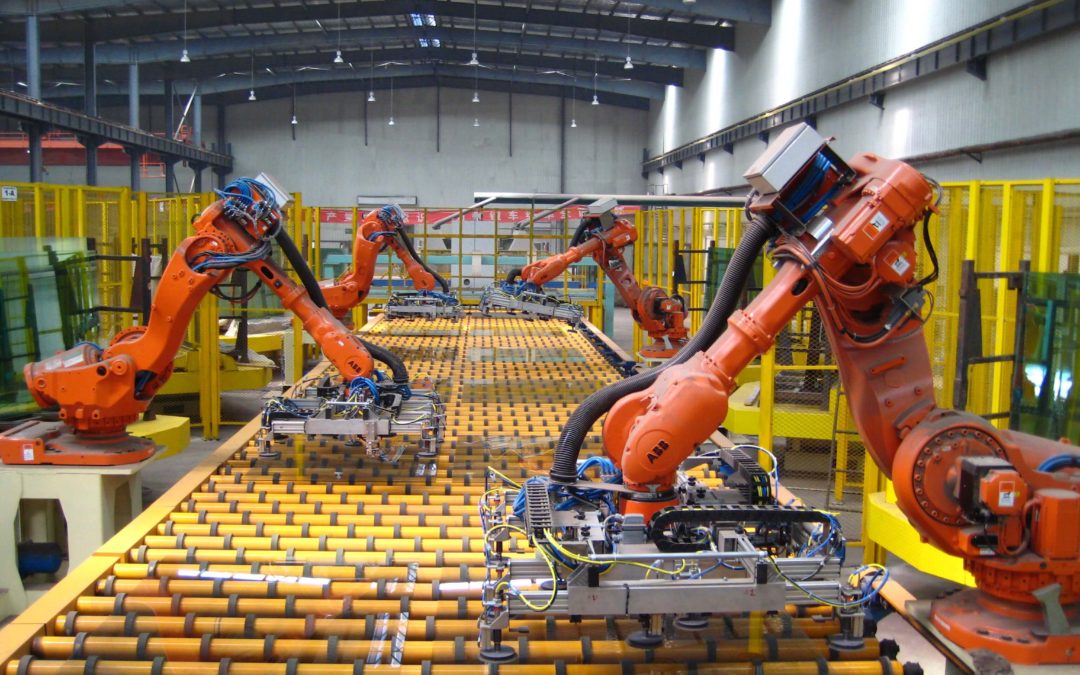
The Material Handling Industry Continues to Trend Upward, Outward, Inward
Emerging Trends Impacting the Material Handling Industry
Pundits, progenitors, and prognosticators are apt to riff on the emerging trends of a given industry. Not surprisingly, a longitudinal view of such trends leads us to infer that the emergence of such patterns is less an instance of Aphrodite’s divinity spontaneously rising from the primordial sea foam than it is one of the all-too-human Agamemnon and his men, rowing their long boat across to Aegean from his citadel at Mycenae to the broad plains of Hector’s Ilium.
That is to say, a trend is a flower that opens not over the course days but of years, and while the attached article was penned in 2014, a quick look at its list trends tells us that these items are still unfolding into bloom: Ten Mega-Trends of The U.S. Roadmap for Material Handling & Logistics and Why 2025 Matters Today. A look over the many industry tendencies that have faced and continue to face the material handling industry tells us that these trends affect all aspects of the companies involved–from the HR and finance departments through to product design and delivery. For companies producing the equipment that services the needs of the material handling industry, a few of these trends are especially noteworthy, and a number of these are important for their ramifications on business systems. Companies can no longer rely on spreadsheets and CAD drawings to compete, as industry shifts apply greater pressure on companies to rapidly supply equipment that meets these changing needs.
Below are a few items, culled from the above article, that will affect the business systems of the future, in support of the companies working within this changing industry.
- The prevalence of Robotics and Automation: With the increased desire to automate as much of the supply chain as possible, the ability to move product with a minimum of human intervention becomes increasingly important. Companies need to be able to tailor their offerings to provide integrated solutions that address these requirements, and to be able to integrate these different elements into systems, not only physically, but from a sales and delivery point of view.
- The increased use of sensor, wireless, and mobile technology: Coupled with automation are the needs for greater integration, between material handling subsystems, and between the overall material handling system and the facility in which it resides. From an enterprise application standpoint, the importance in being able to quickly and consistently translate new features and options into their component materials and related operations becomes of great importance.
- The continued emphasis on “mass personalization”: As mass personalization continues to figure prominently in the arenas of product delivery and distribution, companies producing equipment to serve these industries similarly encounter the desire for increased personalization and configurability in the equipment used as part of the delivery cycle. No two warehouse facilities are the same, and material handling equipment frequently needs to be easily tailored to support the discrepancies between buildings.
For producers of equipment serving these industries, the challenges not only manifest themselves in the material handling products delivered but also in the processes and systems used to orchestrate the creation and delivery of these products. Making the best equipment isn’t enough if it cannot be designed, produced, and delivered at the right time, and for the right price points. In support of this, configurability continues to be of great importance, as are the abilities to quickly generate requests for proposals and rapidly engineer custom orders. With its extensive product configuration capabilities, which are tightly bound to its Bill-of-Material structures, Epicor ERP is an excellent enterprise software option for companies looking to scale up their organization to meet the challenges of this evolving industry.
